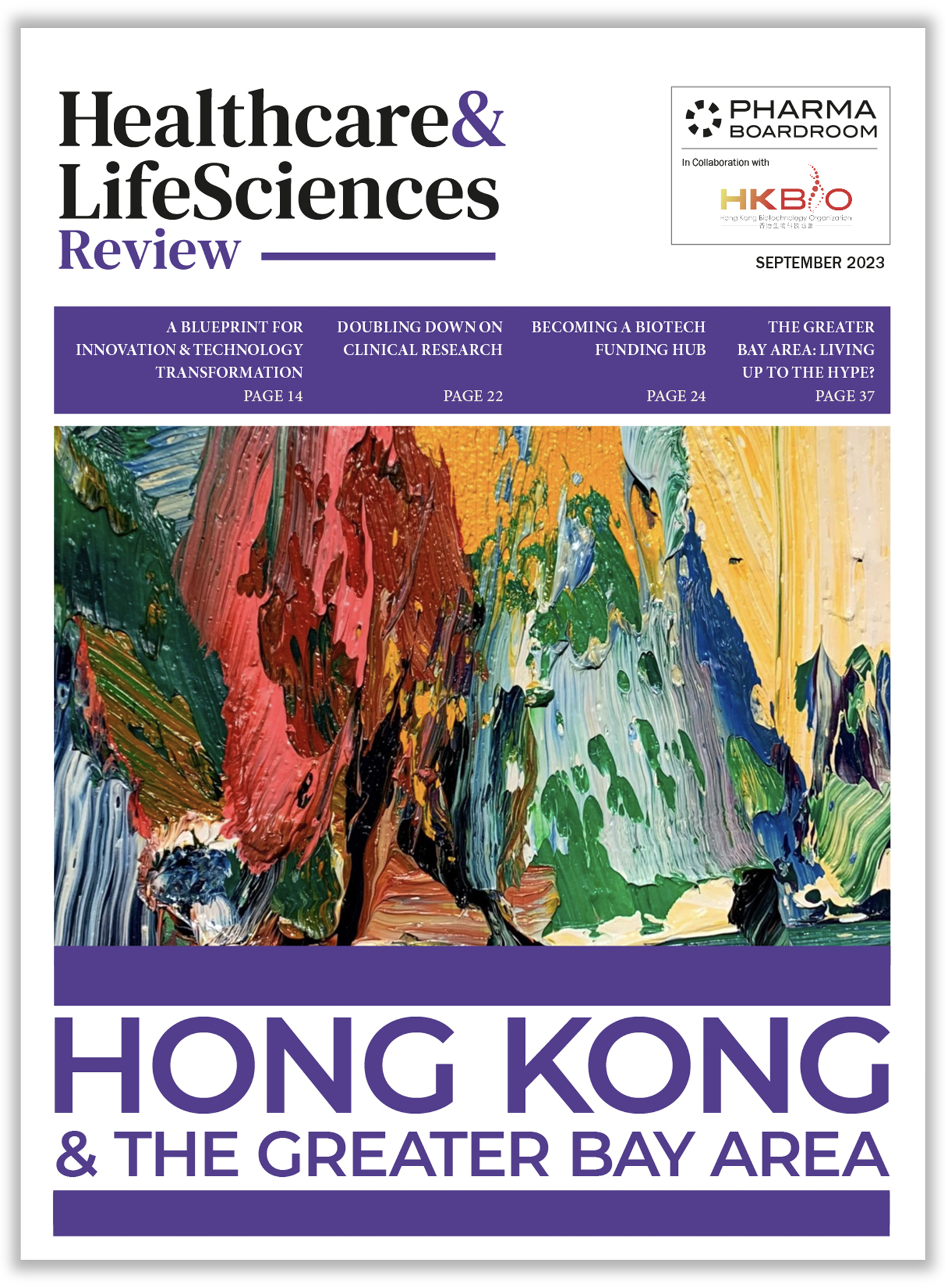Hot on the heels of a USD 120 million fundraising round, Shanghai-based EpimAb Biotherapeutics is now looking towards a 2022 IPO with the aim of becoming a globally competitive player in the bispecific antibody field.
The Series C financing round means that the company has raised over USD 220 million in venture capital from both Chinese and international investors since its foundation six years ago. EpimAb hopes that this latest cash injection will help the firm move its EGFR/cMET-targeted bispecific candidate, EMB-01, into Phase II testing in 2021.
“Our plan is to finish the pre-IPO by the end of this year and move to IPO early next year,” said the company’s CEO Dr Chengbin Wu, although Wu is still keeping his options open in terms of where to list EpimAb. Competitors Merus and Affimed are Nasdaq-listed, while fellow Chinese firm RemeGen chose to IPO closer to home in Hong Kong for USD 592 million in November 2020. “The US is one of the markets we are considering in addition to Hong Kong,” stated Wu.
Bispecific Antibodies: Full of Potential
Globally, the market for bispecific antibodies – artificial proteins that can simultaneously bind to two different types of antigen as opposed to naturally occurring antibodies that typically target only one antigen – is expected to grow rapidly to USD 12 billion by 2026, according to a recent report from Kuick Research. Cormac Sheridan writes in Nature that “an explosion of new formats for bispecific antibodies promises to propel the field to better clinical outcomes in oncology.”
Although only two bispecific antibodies are currently being marketed globally – Amgen’s Blincyto for acute lymphoblastic leukaemia and Roche’s Hemlibra for haemophilia – the field is increasingly being favourably viewed by drug developers.
Bispecific antibodies ensure the immune cells can target and find the cancerous cells and kill them very quickly. It is like a person with two hands grabbing two ends and facilitating this killing process
As Nicolas Fischer, CEO of Light Chain Biosciences, an emerging Swiss player in the bispecific antibody field told PharmaBoardroom. “There is no question that bispecific and multispecific antibodies represent novel modalities that enable unique modes of action and possibilities for therapeutic intervention.” He continues, “Most within the industry would probably agree that combining multiple drugs is needed to treat severe diseases and combination therapies have become standard in oncology. Not surprisingly, the appetite for multispecific modalities is clearly there and is increasing.”
Alessandro Riva of Ichnos Sciences, a biotech spin-off from Indian generics giant Glenmark with a range of bispecific antibody candidates in preclinical and Phase I trials, adds that “bispecific immuno-cell engagers may provide the patient with as much benefit as a cell therapy in indications like multiple myeloma and can be quicker than cell therapies as they offer more flexibility to design new medicines.”
EpimAb’s Wu is also keen to highlight the transformative power of bispecific antibody technology, especially in oncology. “In the cancer environment, immune cells cannot recognise the cancer cells,” he asserts. “Bispecific antibodies ensure the immune cells can target and find the cancerous cells and kill them very quickly. It is like a person with two hands grabbing two ends and facilitating this killing process.”
Challenges & Competition
However, the crowded bispecific antibody field is not without its challenges. As Light Chain’s Fischer points out, “Most pharma companies with a focus on biologics have either developed or access some sort of bispecific antibody platform. Over the last decade there has been an explosion of approaches to address the challenge of effectively generating a bispecific antibody. As a result, today, there are over a hundred ways to make a bispecific antibody. Of course, creating such a molecule in the laboratory is just the first step on the journey leading to the commercialization of a drug.”
He adds, “An emerging concern with bispecific antibodies is immunogenicity (the ability of a foreign substance to provoke an immune response). This might in fact not be very surprising, since even completely natural human proteins or non-engineered antibodies can elicit an immune response, as such the more artificial the molecule, the higher the likelihood for running into such problems.”
Sheridan points out that the field has encountered safety and efficacy concerns that have limited the number of bispecific therapies able to reach the market. “The hoped-for synergies arising from one molecule simultaneously engaging a tumor-associated antigen and a receptor involved in T cell activation have often been offset by the additional toxicities, such as cytokine release syndrome and immune effector cell-associated neurotoxicity syndrome, that can be unleashed by such a mechanism,” he notes. “Safety is not the only hurdle. Bispecifics must also offer attributes that conventional mAbs cannot provide, which sets a high bar. As a result, attrition in the field has been significant.”
Becoming a Global Leader
Wu feels that, although the sheer number of competitors within the bispecific technology field makes it difficult to stand out, EpimAb’s approach is a true differentiator. “Within the bispecific technology field, many companies claim to have a technology platform to generate such antibodies,” he posits. “But we need to look at the quality of these platforms, how much resources and money the companies have invested in their platforms, and of course, whether these platforms have helped the companies generate large licensing deals, as we have with UK-based Kymab and Innovent Biologics in China.”
Drawing on this investment, expertise, and partnership model, EpimAb has lofty ambitions to – in the words of Chief Financial Officer David Gu Xinyi – “become a global leader in bispecific drug development.”
CEO Wu concludes, “There is still a lot of potential in bispecifics, whether it is to improve on existing therapies, to extend these mechanisms into solid tumors, or to further optimize and reduce toxicities. Outside of this mechanism, there are even more opportunities. We want to discover more of such unique and synergistic bispecific antibodies.”



